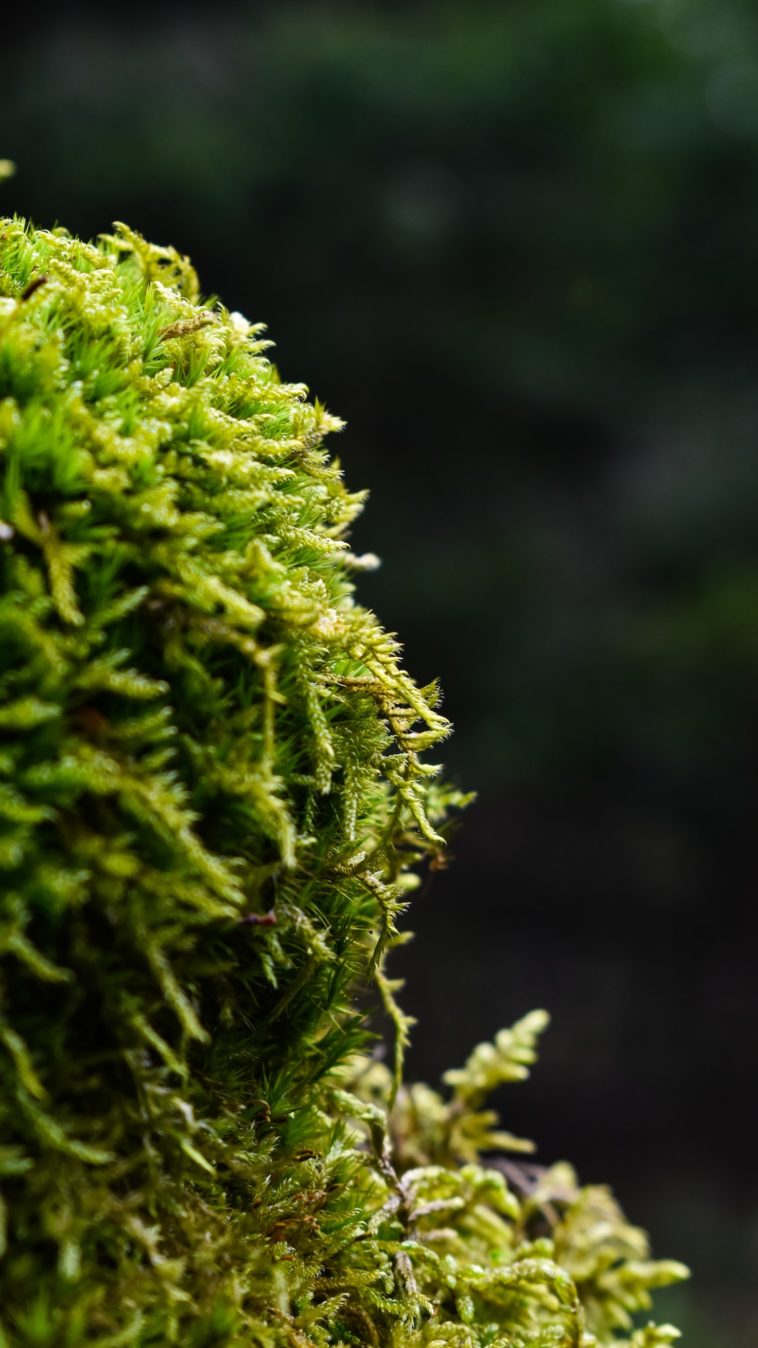Mosses constitute a distinct classification of diminutive, supple vegetation. While their average height ranges from approximately 1 to 10 centimeters, there are exceptions such as Dawsonia, the tallest moss species, which can attain a height of up to 50 centimeters. These plants are primarily found in moist or shaded environments, often forming dense clusters or carpet-like formations. Unlike many other plants, mosses are devoid of flowers and seeds. Instead, they rely on spores for reproduction. These spores are housed in specialized structures called spore capsules, which sometimes have a beak-like appearance and are elevated on slender stalks.
Taxonomy and Classification
Mosses belong to the division Bryophyta in the plant kingdom. They are a crucial component of the broader category of non-vascular plants, meaning they lack specialized systems for fluid transport. Their classification is intricate and varies based on various factors such as reproductive structures, habitat, and morphological characteristics. The division is further segmented into subclasses, orders, families, genera, and species.
Morphological Features
Leaves
Moss leaves are simple in structure, generally a single layer of cells, and they envelop the delicate, filamentous stems. The leaves serve as the primary site for photosynthesis, where light energy is converted into chemical energy. Some mosses have leaves that are specialized to capture and hold water, a crucial adaptation for survival in their often moist habitats.
Stems
The stems in mosses are relatively thin and wiry, providing only basic structural support to the plant. Unlike vascular plants, mosses do not possess a complex internal system for the transportation of water and nutrients. The stem’s primary function is to hold the leaves in an upright or spreading position to maximize exposure to light for photosynthesis.
Spore Capsules
A noteworthy feature of mosses is their spore capsules. These are reproductive structures that appear at particular growth stages. The capsules usually have a slender stalk called a seta that elevates them above the leafy gametophyte. The capsules may have a distinct beak-like feature and can come in various shapes and sizes, dependent on the species.
Reproduction and Life Cycle
Mosses have a unique life cycle that involves two distinct stages: the gametophyte stage and the sporophyte stage. The gametophyte stage represents the dominant, leafy form of the plant, while the sporophyte is usually limited to the spore-bearing structures. Mosses do not produce seeds or flowers for reproduction. Rather, they generate spores that are contained within capsules. These spores are eventually released into the environment, where they germinate to form new plants.
Habitats and Distribution
Mosses are highly adaptable and can colonize a variety of environments, from forests and meadows to rocky terrains and even deserts. However, they predominantly prefer damp or shady locales. The reason for this preference is that mosses require a moist environment for cell division and spore germination. The moisture also aids in the process of photosynthesis, as mosses lack an internal system for water transport.
Ecological Importance
Mosses play an essential role in various ecosystems. They assist in soil formation and prevent erosion by binding the soil particles together. Furthermore, they serve as indicators of air quality and water pollution. In some environments, they act as primary colonizers, preparing the ground for the growth of more complex plants.
Cultural and Commercial Uses
Mosses have been utilized for various purposes throughout history, from decorative elements in gardens to practical applications like soil stabilization. In some cultures, mosses are used for medicinal purposes, though the scientific basis for these uses is often not well-supported.
Conclusion
Mosses are an integral part of the plant kingdom with distinct features and functions. Despite their simple structure and small size, their contribution to the ecosystem is invaluable. Their ability to adapt to different environmental conditions makes them a versatile group of plants that warrant further study and conservation.
The above discussion elucidates the crucial aspects of mosses, from their unique morphological features to their roles in ecosystems and human culture. Understanding these facets can provide valuable insights into the significance of mosses in the broader context of plant biology and ecology.





